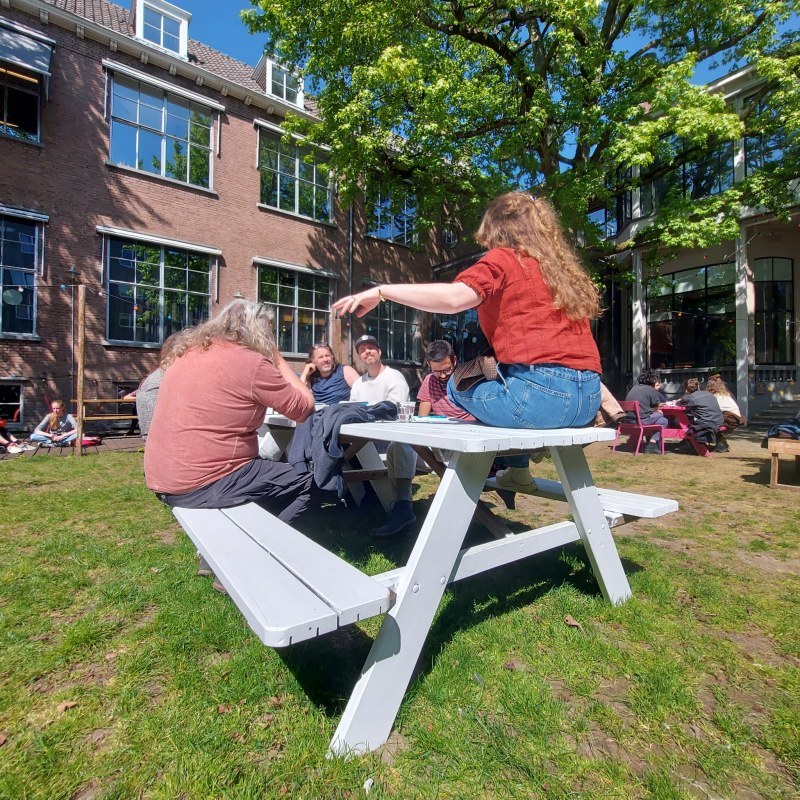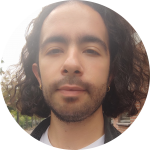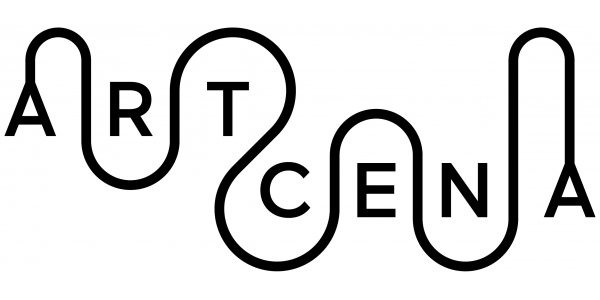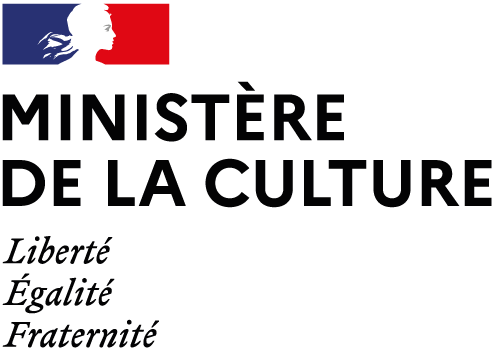The big tops: Where to move next?
Why would circus need to be (more) sustainable? What would the circus tent of the future look like? What are the values of contemporary circus and how do they influence its impact?
Circus lovers and professionals from many sectors in and around circus gathered in Tilburg, Netherlands, to discuss and imagine the future of circus tents - the big tops - in a world where the climate emergency forces everyone to reconsider their approach and priorities. Co-organised by Circostrada and Festival Circolo, Spark is a cross-sectorial laboratory, which has led to a concrete action-plan.
A symbolic gesture and the willingness to offer and grow was the starting point of Spark. The actual seeds were planted by each participant after they presented to the group what they brought to the discussion and what they wished to take from it. Colourful sticky notes and marker pens were distributed along the room and everything was set. Festival organisers, architects, designers, freelance producers and circus artists who have travelled and lived the nomad circus life were all invited, representing different cultural backgrounds and practices. It seemed necessary to involve all these practices, given that circus and especially travelling circus is still one of the kinds of performing arts, facing plenty of ambiguities and unresolved issues.
The inconsistency of regulations and standards, along with the subjective interpretation of guidelines by local authorities were explicitly mentioned by Tom Rack of NoFit State Circus, the first presenter of the day, who underlined the need for a certified quasi-universal framework accepted in most countries. This would theoretically allow the sector to overcome the uncertainty regarding international mobility, in which the staging and performing of a show is always dependent on the local person responsible for certifying the show’s safety and compliance to regulations. Another point Tom stressed is the financial insecurities the whole cultural sector is facing, caused by less and less funding, a situation which is made even worse for British artists who are suffering from additional costs due to Brexit. In particular for circus artists, the need to continue travelling is evident in the intrinsic characteristics of circus and the need to reach working class parts of communities, who might not attend theatre shows for example. And while tented touring might seem low cost, since the members might be living all together in caravans, the actual problem lies primarily on carbon emissions from transportation costs and secondly on the power generation which is required from the tent and each show. This short but detailed presentation by Tom set the stage for some of the most pressing issues to be raised and debated in the first discussion groups that were spontaneously created.
Following a stimulating series of conversations between groups and an overall discussion in which recurring themes such as the sharing of resources and best practices, the need of collective regulations and guidelines, and the accumulation of circus values in relation to its impact were firstly expressed, the second set of presentations went underway.
During these presentations, it became clear how urgent it is the urgent need to turn towards innovative ideas and practices for the present and future of circus tents became clear. By trying to imagine the big tops as space stations, Anne-Agathe Prin from Cie EAEo and Les Fauves and Felix Chameroy from Dynamorphe, presented their four-year progress achieved regarding a plan to create a highly mobile inflatable tent made from light material, in which no rigging is needed, so no heavy construction is required. Other than presenting their artistic idea and vision, they referred to the main challenges and obstacles they have faced, such as -again- the gap in the guidelines, because the inflatable tent does not fall under the same category as the other tents, but also the various environmental, financial and practical issues which can always come up when speaking of new ideas and practices.
The next speaker invited was Rik Makes, a Dutch designer who presented his innovative idea of making materials that are always part of a natural cycle, biodegradable and ready to become food for non human life after they are left behind. Connected to the nomadic essence of circus, this posed the question of how to create a tent that can be fertile when discarded, thus leading the group to split again into new discussion groups.

‘’Circus could show the way’’: This phrase sums up what became evident after the second set of discussions; How contemporary circus needs to be ambitious and creative, to take high risks -literally and metaphorically- by allowing such new ideas and practices to emerge and be tested, to give space for critical issues such as audience inclusion, accessibility, sustainability and alternative autonomous funding opportunities to arise, while always retaining some of its traditional principles and values. Of course, since circus and the performing arts are always part of a community, Festival Circolo arranged for the visitors a small tour of some cultural locations in Tilburg, namely Spoorpark, where this year’s festival will be held, Lochal the place of the old railway station which is now a multi-functional space and library, and also Doloris Meta Maze, where the participants had the opportunity to walk individually through a maze.
The theme of the maze represents the perfect metaphor in which contemporary circus and performing arts in general are often found. Just as in a maze, the users have to be patient and creative to find their way out, the same process applies to circus arts practitioners. That’s why at the beginning of the second day, the participants started with an aim in mind, to come up, by the end of the day, with concrete propositions to all the issues the whole sector and especially circus tents are facing. The response to this task was to focus on the values of contemporary circus, which is one of the most empowering activities for all involved: mobility, the move of going to the community, engagement, inclusion, playfulness, risk-taking, no-language, equality, temporarity, passion, creativity, lifestyle. Those are some of the words and phrases that were mentioned, but the round experience and the circle metaphor of trust within the circus family, as well as the very same ideal of the tent as a value, are those that stood out.
Moreover, by looking at the potential impacts of circus, such as its ability to inspire and challenge an audience, its intrinsic social responsibility, solidarity and revolutionary nature, the consensus of the group was that even though contemporary circus is quite already ecologically sustainable enough, its overall sustainability seen as: ‘’to be able to continue over a (longer) period of time’’, is too often a matter of survival on many levels. This definition of sustainable highlights the need of circus companies to work not only on their ecological sustainability -by measuring their footprints on the environment and by showing data for it for example, but also on their financial, artistic and technical longevity.
However, everything that had been mentioned in the previous sessions of the two days, had to tentatively be translated into valuable short, mid and long-term actions by four separate study groups: guidelines/practical tools, ecological sustainability, social impact, artistic practice. A lot of sticky notes and marker pens later, and following a circular activity of the presentation of each subject and the feedback it received, it is fair to say that both Circostrada and circus professionals have laid the foundation of the next steps that need to be taken in each part of the process, while keeping direct contact and sharing the best practices and resources to map this sector as efficiently as possible.
Summing up, some of the utmost priorities that were put into plan, would firstly be the construction of a ‘’table of contents’’, a ‘’cookbook’’ where best practices and tips, rules and regulations of each country, as well as a mapping of circus companies and festivals able to host or be hosted as circus tents will be included. Secondly, in terms of the ecological aspect of travelling circus, just as mentioned above, the gathering of data showing the companies’ footprint, as well as creative and ecological ideas about the transportation of both the tent and the audience were mentioned. Thirdly, in regards to the social impact of contemporary circus, the necessity to bring policy makers back in the conversation with artists and practitioners seems to be the most direct action, while audience development and inclusion strategies were also discussed. Last but not least, as far as the artistic practice is concerned, the most essential action proposed is the need to invite professionals from different sectors and disciplines such as dance, theatre, science and architecture to the circus tents, as well as supporting artistic residencies in tents, in order to turn the tents into more visible and vibrant communities. Of course, contemporary circus should always refer to and remember its grassroots origins and the values that made it what it is and should remain; A house without keys.
DISCOVER THE SPARK#1 PODCAST ON THE FUTURE OF CIRCUS TENTS!

Nick Verginis is a Greek cultural journalist and researcher, often having worked in cultural magazines. Born and raised in Athens with a background in Media Studies, he is currently based in Amsterdam, about to graduate from his Research Master’s studies on Cultural Leadership at the University of Groningen. A speaker of Greek, English, Italian, a bit of Norwegian, and Dutch, Nick is interested in thinking, researching, and writing for Circus, with a particular interest in artist residencies, their organisation, and potential models.






write us: infocircostrada@artcena.fr